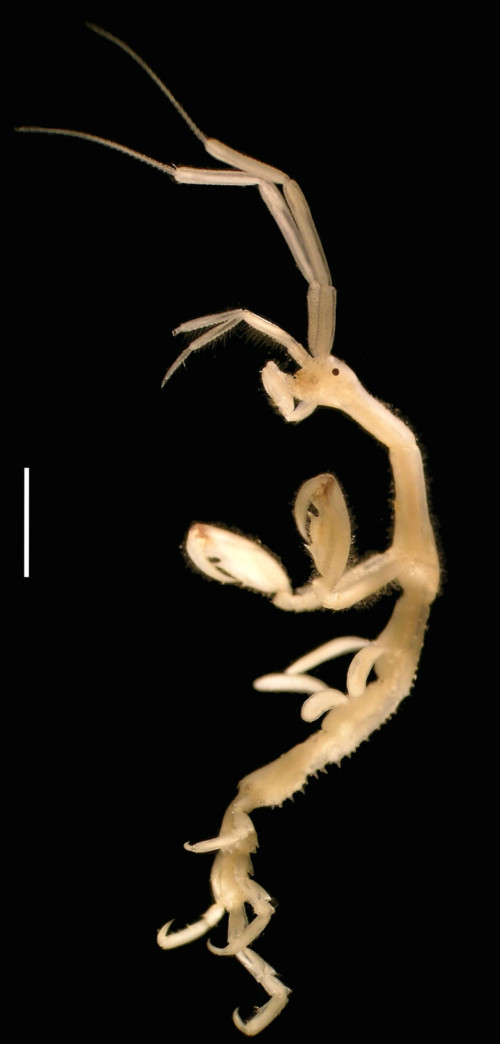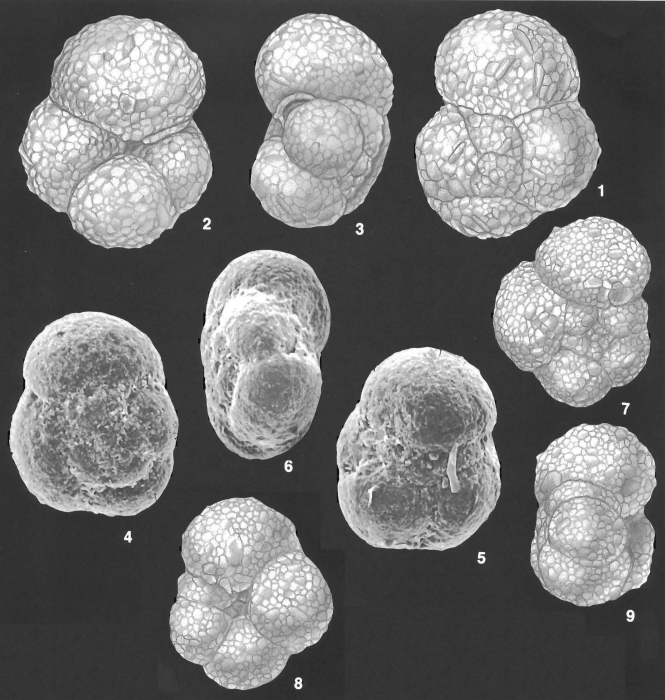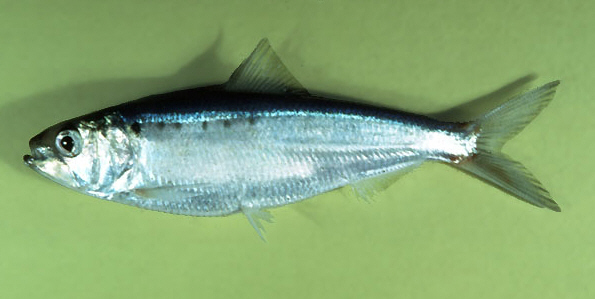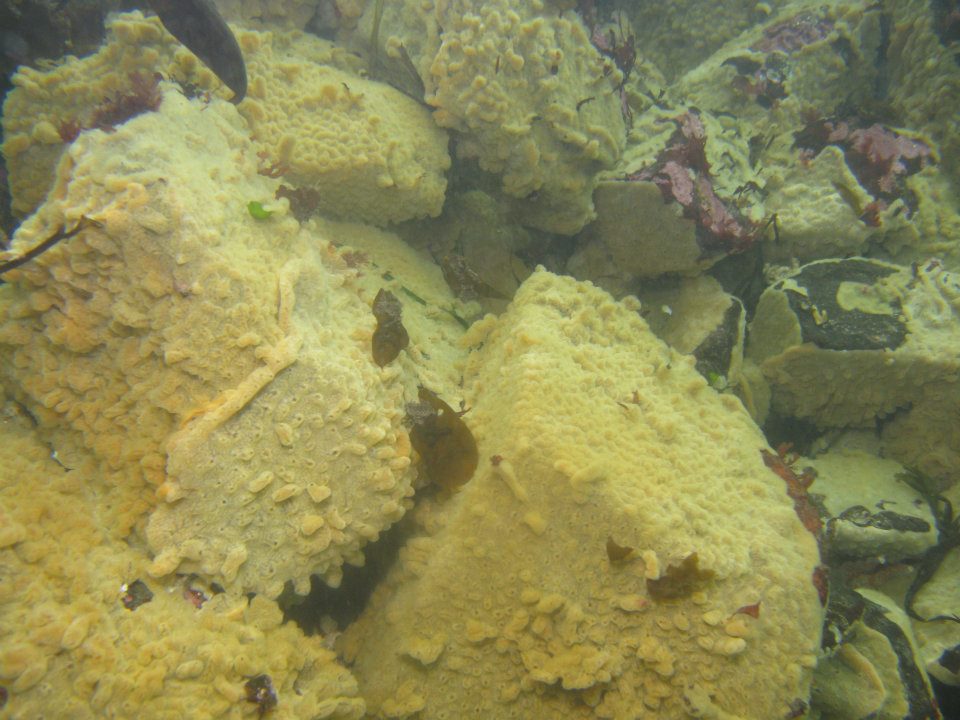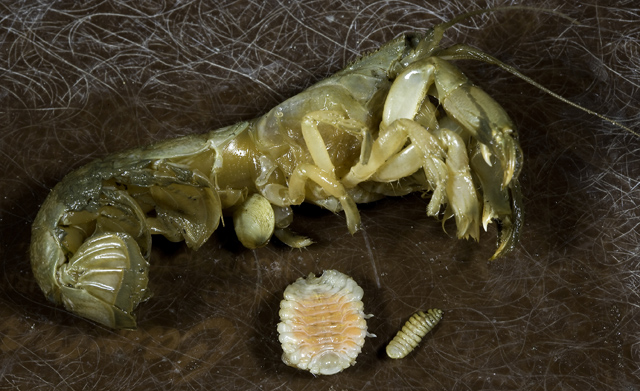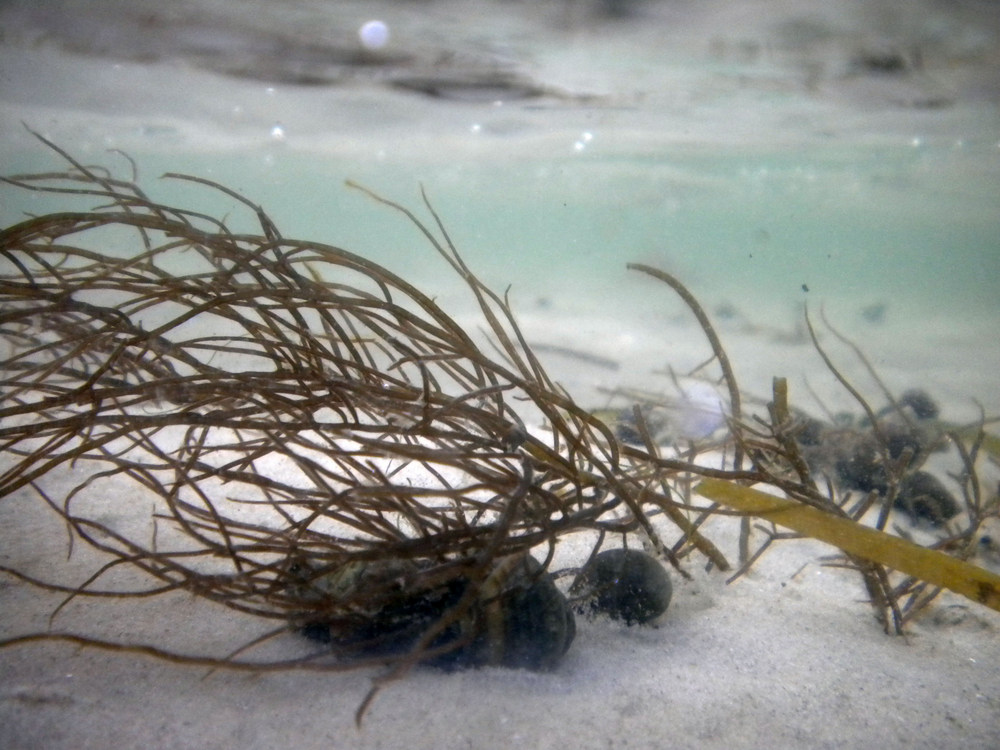- The earliest records of non-native marine and estuarine invertebrates and algae in Alaska date to the late 1800s and early 1900s.
- Most non-native species have been detected recently, with over 75% of first records occurring after 1990.
- Algae, crustaceans (amphipods and crabs), and tunicates have been the groups most commonly detected.
Bioinvasions in Alaska
With its extensive coastline, northern latitude, and shipping patterns heavily influenced by the oil and gas industries, Alaska is a unique state in regard to marine and estuarine non-indigenous species (NIS). Although Alaska has relatively few records of NIS compared with other states on the west coast of North America, marine and estuarine NIS detections in Alaska are increasing.
Coastwise transfer of NIS from other, more heavily invaded eastern Pacific regions is a significant pathway for introductions and major human activities at risk of transferring NIS to Alaska include shipping (via both ballast water and hull fouling), aquaculture, and the live bait trade. Climate change may encourage northward spread of NIS into Alaska as increasing sea temperatures lower the barriers for NIS already established at lower latitudes. The emergence of Arctic shipping routes as sea ice recedes may also create additional pathways for NIS to become established in Alaskan waters.
Geography and Climate
Alaska is the United States' northernmost and largest state, residing between 51°N and 71°N with a landmass covering 570,380 square miles. It is also considered both the westernmost and easternmost state, since the Aleutian Island chain crosses the International Dateline. Alaska has nearly 47,000 miles of tidal shoreline including numerous islands and is surrounded by the North Pacific Ocean, the Bering Sea, the Chukchi Sea, and the Beaufort Sea.
Along Alaska's various coastlines, climate varies considerably with latitude, water temperatures, currents, continental geography, and sea ice extent. The southeastern and southwestern regions of Alaska (bordering the Pacific Ocean and Gulf of Alaska) experience a maritime climate, while the coastal climate transitions to subarctic and arctic from the Bering Sea up to the Chukchi and Beaufort Seas. Marine bioregions that border Alaska are NEP-I, NEP-II, NEP-III, and the Polar Arctic.
Bioinvasion Trends
Alaska Species List
| Taxonomic Group | Name | Year | Invasion Status | Population Status | Vectors |
|---|---|---|---|---|---|
| Fishes | Alosa sapidissima | 1893 | Definite | Established | |
| Crustaceans-Amphipods | Ampithoe valida | 1995 | Definite | Established | |
| Tunicates | Botrylloides violaceus | 1999 | Definite | Established | |
| Tunicates | Botryllus schlosseri | 2001 | Definite | Established | |
| Algae | Campylaephora kondoi* | 1967 | Definite | Established | |
| Crustaceans-Amphipods | Caprella mutica | 1995 | Definite | Established | |
| Crustaceans-Crabs | Carcinus maenas | 2022 | Definite | Established | |
| Algae | Caulacanthus okamurae | 1996 | Definite | Established | |
| Algae | Chroodactylon ornatum* | 1998 | Definite | Established | |
| Tunicates | Didemnum vexillum | 2010 | Definite | Established | |
| Cnidarians-Hydrozoans | Ectopleura crocea | 2003 | Definite | Established | |
| Algae | Gracilaria vermiculophylla | 2017 | Definite | Established | |
| Tunicates | Molgula citrina | 2008 | Definite | Established | |
| Mollusks-Bivalves | Mya arenaria | 1905 | Definite | Established | |
| Crustaceans-Isopods | Orthione griffenis | 2017 | Definite | Established | |
| Algae | Sargassum muticum | 1974 | Definite | Established | |
| Bryozoans | Schizoporella japonica | 1998 | Definite | Established | |
| Algae | Stirkia sinicola* | 1998 | Definite | Established | |
| Protozoans | Trochammina hadai* | 1989 | Definite | Established |

.jpg)
